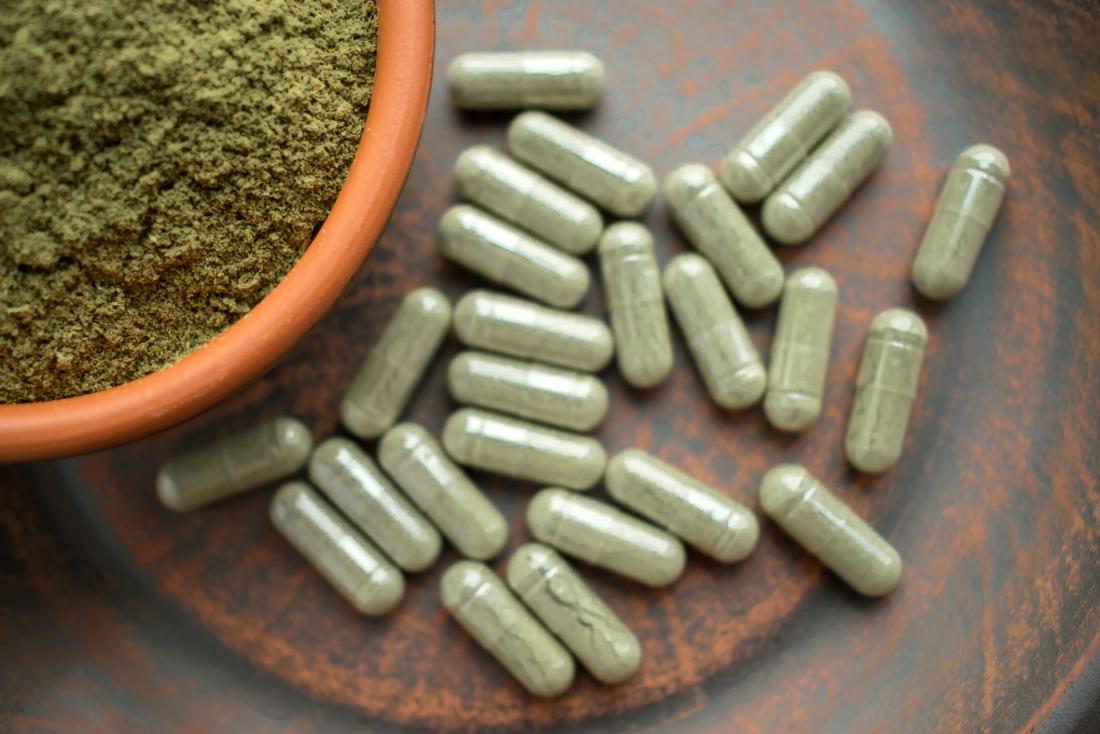
New research suggests that mindfulness can help reduce cravings for opioids.
The National Institute on Drug Abuse report that around 21–29% of people, whose doctors prescribe them opioids for the management of chronic pain, end up misusing these drugs. Furthermore, some 8–12% of people who take prescription opioids develop opioid use disorder.
Some of the criteria that specialists use to diagnose opioid use disorder — according to the Diagnostic and Statistical Manual of Mental Disorders — include:
- taking opioids for longer or in larger quantities than the doctor advised
- experiencing intense and hard to control cravings for opioids
- opioid use negatively affecting performance at work or school
Usually, when a person receives a diagnosis of an opioid use disorder, doctors prescribe methadone maintenance therapy.
In this form of therapy, doctors offer people controlled doses of methadone — also an opioid — to help reduce withdrawal symptoms and reduce cravings for opioid drugs.
“Methadone maintenance therapy has been an effective form of medication treatment for opioid use disorder,” notes Nina Cooperman, an associate professor and clinical psychologist in the Division of Addiction Psychiatry at Rutgers Robert Wood Johnson Medical School in New Brunswick, NJ.
“However, nearly half of individuals on [methadone maintenance therapy] continue to use opioids during treatment or relapse [within] 6 months,” she adds.
For this reason, Cooperman and colleagues were interested in finding out whether some alternative practices, specifically, mindfulness, could help boost the effectiveness of methadone maintenance therapy for people with opioid use disorder.
Mindfulness may be a useful therapy add-on
In a study — whose results now appear in the journal Drug and Alcohol Dependence — Cooperman and team tested a new approach to opioid use disorder treatment.
The researchers recruited 30 participants with this condition, as well as chronic pain, whom they randomly split into two groups.
Over 8 weeks, one group continued with their usual treatment of methadone and targeted counseling, while the other received an experimental, combination therapy that the researchers dubbed “Mindfulness-Oriented Recovery Enhancement” (MORE).
MORE combined methadone maintenance therapy with mindfulness practice, which teaches individuals to focus on the present and become more aware of thoughts and sensations as they occur.
The researchers found that, at the end of the 8-week study period, the participants who had received the MORE experimental intervention reported having 1.3 times better control over their opioid cravings compared with peers from the group that had their treatment as usual.
Participants in the MORE group also reported significantly lower pain and stress, as well as significantly higher positive emotions in comparison with the other participants.
Also, those who practiced mindfulness noticed that they were aware of more cravings for opioids. The investigators suggest this reaction may have actually helped these individuals gain more control over those cravings since mindfulness promotes awareness without judgment.
“[T]he therapeutic effects of MORE were evident above and beyond those provided by a structured program of [treatment as usual], consisting of approximately 6 hours of group and individual therapy per week — attesting to the potency of the MORE intervention,” the researchers conclude in their study paper.
“Thus, […] the present study provides suggestive evidence that MORE may be a useful adjunctive behavioral therapy for medication assisted treatment of [opioid use disorder] among individuals with chronic pain,” the authors suggest.


